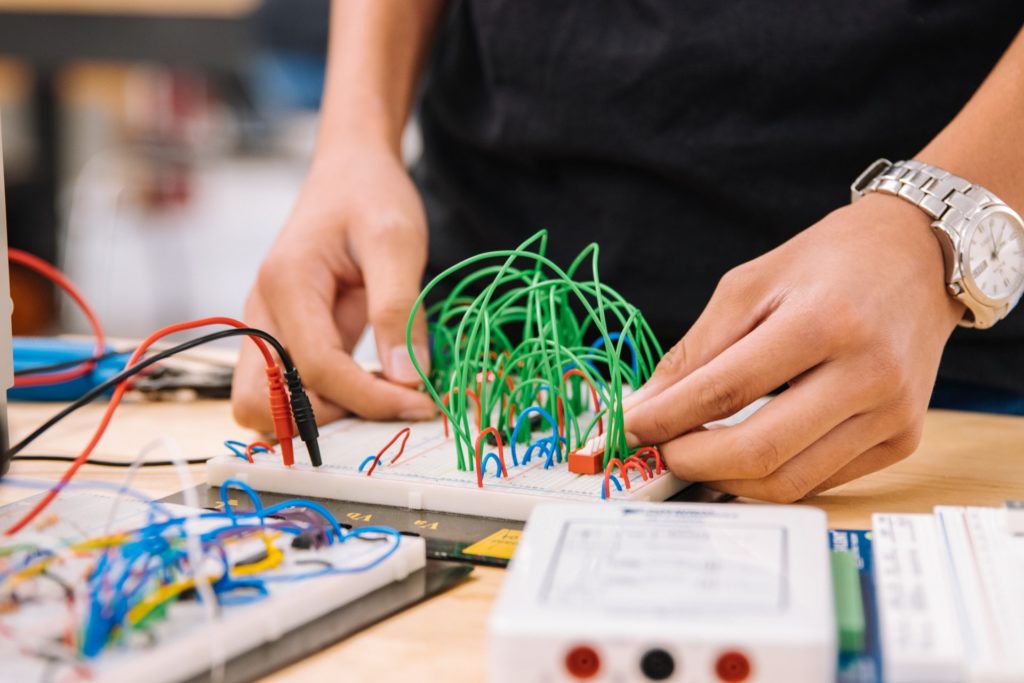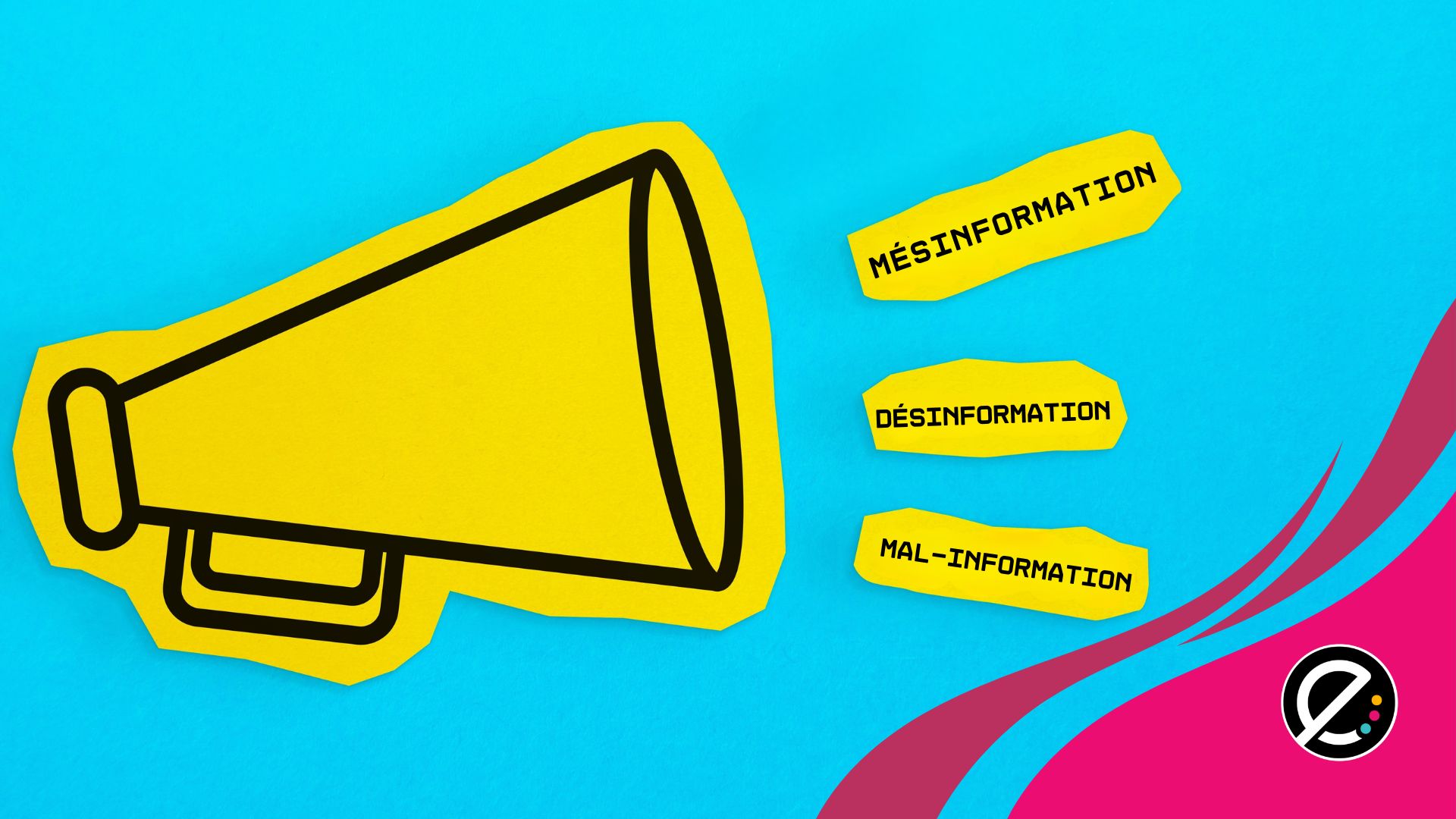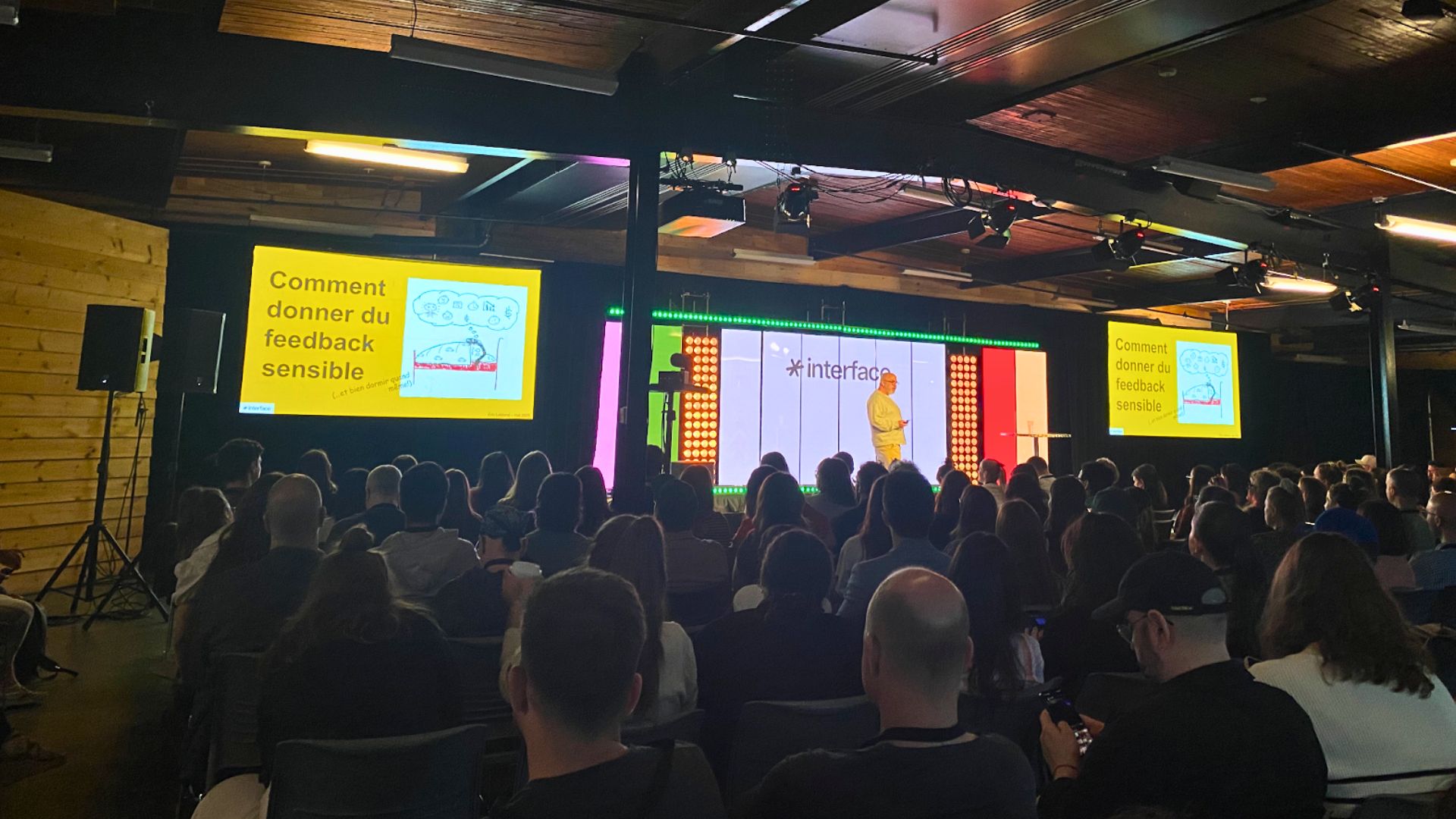Le 15 décembre dernier avait lieu un gala virtuel bien particulier. C’était l’occasion de reconnaître le travail de quelque 50 « mini-techs », de jeunes experts du numérique, qui agissent comme pairs aidants dans leurs écoles. Cet événement venait clôturer la première étape d’un projet collaboratif entre le Centre de services scolaire de Montréal (CSSDM), l’École en réseau (EER) et Grandir sans frontières.
Le modèle de brigade de mini-techniciens n’est pas nouveau. L’EER l’a déjà déployé à travers son réseau d’écoles. Cette fois-ci, le concept a été adapté dans le cadre d’un projet collaboratif qui vise le déploiement de carrefours d’apprentissage dans des écoles du CSSDM. « Un carrefour d’apprentissage, c’est une bibliothèque scolaire 2.0. En plus des traditionnels livres et autres objets médiatiques, on peut aussi y retrouver un espace cinéma (pour le tournage et le montage), des imprimantes 3D et autres équipements technologiques », indique Marie-Claude Nicole, directrice de l’EER.
Le projet en cours vise à modéliser le carrefour d’apprentissage avec le choix et l’utilisation des équipements numériques. Qu’est-ce qu’on devrait y retrouver? Comment devrait-on organiser son fonctionnement? Dans un premier temps, ce sont dix classes de cinq écoles du CSSDM qui ont été concernées par le projet, soit quelque 200 élèves parmi lesquels 50 ont eu l’opportunité de devenir membre de la brigade mini-techs.
Ainsi, ils ont été formés aux équipements acquis par leur école respective, ils ont participé au développement de projets pédagonumériques avec les enseignants et ont pris en charge la formation des autres élèves de leur école. « Cette forme de tutorat par les pairs est très porteuse. L’enseignant doit partager des responsabilités avec ses élèves afin de mener à bien les projets », dit Mme Nicole.
Lors du gala du 15 décembre, auquel plus de 1 700 élèves de partout au Québec ont assisté, ils ont présenté, sous forme de vidéo, plusieurs des projets auxquels ils ont participé au cours des dernières semaines. Ceux-ci sont regroupés sur la chaîne YouTube de La Carrefothèque. Les jeunes mini-techs ont donc bénéficié d’un auditoire substantiel pour présenter leurs réalisations.
Des carrefours d’apprentissage dans toutes les écoles
Encourager la transition des bibliothèques scolaires vers le concept de carrefours d’apprentissage est l’une des mesures du Plan d’action numérique en éducation. Avec ce projet, les partenaires ont eu l’occasion de modéliser le déploiement du concept. Un retour auprès des enseignants participants est prévu en janvier 2022 et permettra d’ajuster au besoin le déploiement envisagé par le CSSDM auprès de ses autres écoles primaires. Par la suite, les retombées de cette collaboration pourront permettre d’orienter le déploiement du modèle dans les écoles du Québec.
« Le projet visait à développer toutes sortes de compétences auprès des enseignants et des élèves : compétences numériques, compétences en mathématiques et en sciences, compétences autour de questions éthiques, également. Ce ne sont pas que les élèves qui ont pu développer de nouvelles compétences, mais certainement aussi les enseignants du primaire, qui sont peu familiers avec l’intelligence numérique (ses origines, ce qu’elle représente, ses caractéristiques, ses applications, etc.) », conclut Mme Nicole.
Dimension(s) de la compétence numérique en lien avec cet article
5- Collaborer à l’aide du numérique
9- Adopter une perspective de développement personnel et professionnel avec le numérique dans une posture d’autonomisation
10- Résoudre une variété de problèmes avec le numérique
Voir le Cadre de référence.















